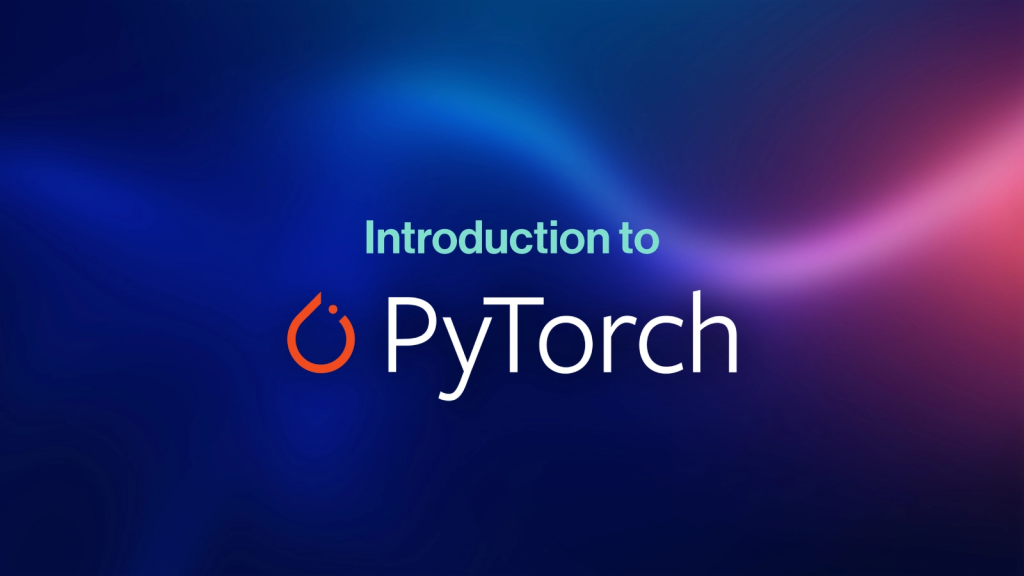
Are you looking for the best computer vision libraries to help you with your project? Look no further! In this article, we will explore some of the top computer vision libraries available today. From object detection to image segmentation, these libraries have got you covered.
OpenCV
OpenCV, or Open Source Computer Vision Library, is one of the most popular computer vision libraries available. It is an open-source library that was initially developed by Intel in 1999. Since then, it has been continuously updated and improved. OpenCV supports a wide range of programming languages, including C++, Python, and Java.
With OpenCV, you can perform various tasks such as image and video analysis, object detection, and facial recognition. It is designed to be highly optimized, making it fast and efficient. If you are new to computer vision, this library is an excellent place to start.
TensorFlow

TensorFlow is a popular machine learning library created by Google. It is primarily used for deep learning and neural network development. However, it also has some excellent computer vision features. TensorFlow has a vast community of developers, which means there are plenty of resources available online.
With TensorFlow, you can perform tasks such as image classification, object detection, and image segmentation. It is a powerful library that can handle large datasets and complex models. However, it is not as beginner-friendly as OpenCV.
PyTorch

PyTorch is another popular machine learning library that is gaining popularity in the computer vision community. It is an open-source library developed by Facebook. PyTorch is known for its ease of use and flexibility. It has a simple and intuitive interface, making it an excellent choice for beginners.
With PyTorch, you can perform tasks such as image classification, object detection, and image segmentation. It is also highly customizable, allowing you to tailor it to your specific needs. However, PyTorch may not be as optimized as other libraries, making it slower when dealing with large datasets.
Keras
Keras is a high-level neural network library written in Python. It is designed to be user-friendly and easy to use. Keras is known for its simplicity and ease of use. It is an excellent library for beginners who are just getting started with machine learning and computer vision.
With Keras, you can perform tasks such as image classification, object detection, and image segmentation. It is also highly optimized, making it fast and efficient. However, Keras is not as customizable as other libraries, making it less suitable for more advanced users.
Dlib

Dlib is a modern C++ toolkit that contains machine learning algorithms and tools. It is primarily used for face detection and facial landmark detection. Dlib is known for its accuracy and speed, making it an excellent choice for real-time applications.
With Dlib, you can perform tasks such as face detection, facial landmark detection, and object tracking. It is also highly optimized, making it fast and efficient. However, Dlib is not as beginner-friendly as other libraries, and it is primarily focused on face-related tasks.
Conclusion
In conclusion, there are plenty of computer vision libraries available today. Each library has its strengths and weaknesses, making it essential to choose the right one for your specific needs. OpenCV is an excellent choice for beginners, while TensorFlow and PyTorch are more suitable for advanced users. Keras is an excellent choice for those who want a user-friendly interface, while Dlib is focused on face-related tasks. Whatever your needs may be, there is a computer vision library out there that can help you achieve your goals.
- Why Can’t I Make Create A New Folder on External Drive on Mac – Solved - April 28, 2024
- Tips on How to Become a DevOps Engineer - April 28, 2024
- Computer Programming Education Requirements – What You Need to Know - April 28, 2024

